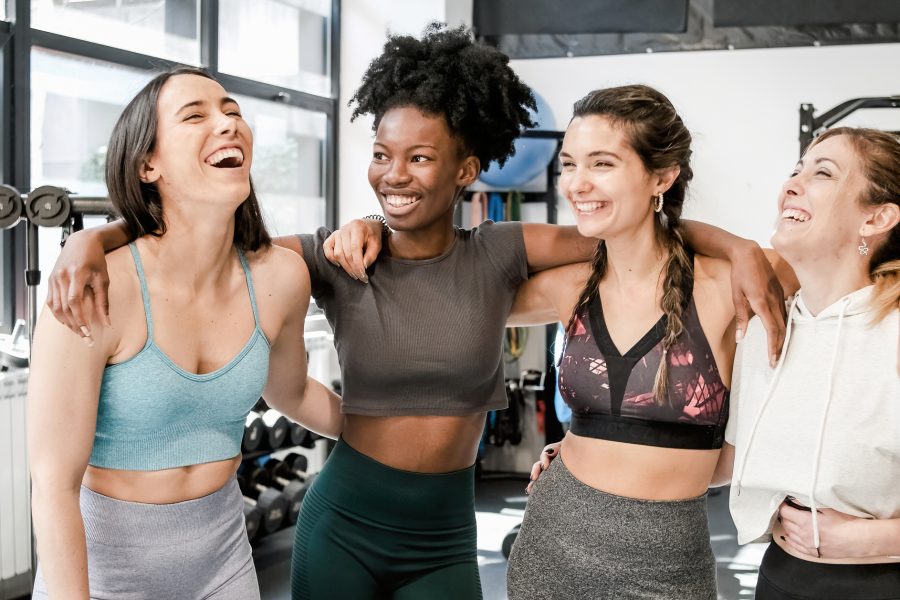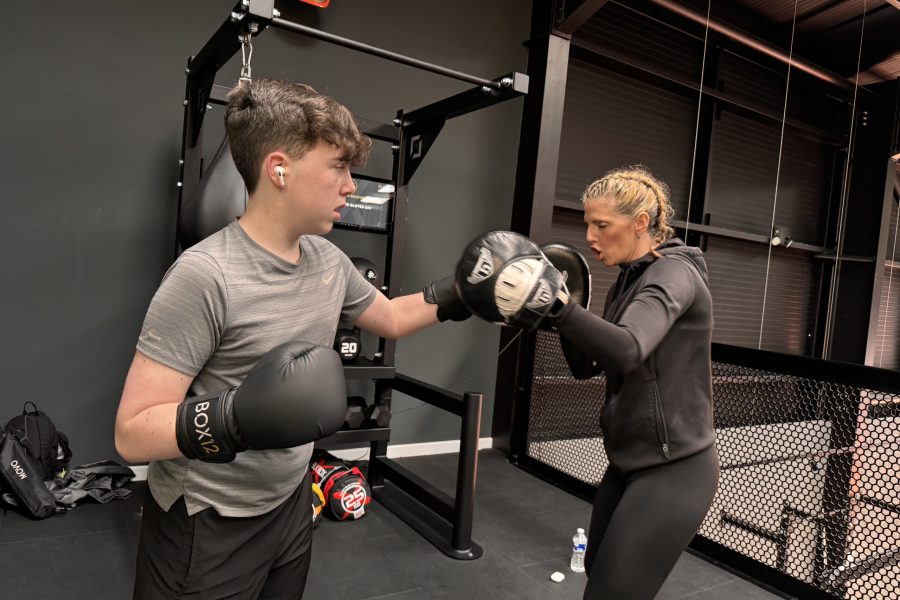Effective marketing is essential for gyms to attract new members, retain current ones, and create a loyal fitness community. From targeted social media strategies to community-driven events, there are several proven approaches that help gyms stand out and engage audiences. Here’s a quick guide to impactful gym marketing strategies, including real-world examples.
1. Maximise Social Media to Build Brand Awareness
Social media offers gyms a powerful platform to showcase workout content, member success stories, and fitness tips. Posting regularly on platforms like Instagram and Facebook can increase visibility, engage followers, and build a connected community.
User-Generated Content: Encouraging members to share workout posts, tag the gym, or use a branded hashtag builds credibility and engagement. For instance, Equinox’s use of #ItsNotFitnessItsLife helps to create an engaged online community.
Leverage Video: Short-form videos are ideal for Instagram, TikTok, and Facebook. Quick workout demos, fitness tips, or gym tours attract attention and showcase offerings.
Video content delivers exceptional return on investment (ROI), with 90% of marketers indicating video has improved ROI, and 87% crediting it with lead generation and sales increases. Additionally, video content holds attention longer—users spend nearly 3 times as long on websites with video than without, which helps drive deeper engagement and interaction.
Not only that, video content can boost website traffic and conversions. About 86% of marketers report that video has driven more website visits, and blog posts with videos attract 3 times as many backlinks, aiding search engine performance.
2. Run Fitness Challenges and Competitions
Fitness challenges keep members motivated and engaged while creating excitement around health and fitness goals. These events often draw in both existing and potential new members who enjoy the structure and sense of competition.
F45’s 8-Week Challenge: F45’s regular challenge encourages transformations through workout plans, meal guidance, and motivational content, building camaraderie among participants. This model has proven effective, as members participating in fitness challenges tend to work out more frequently, with increased commitment to their goals.
3. Personalised Email Marketing Campaigns
Email remains a highly effective way to engage new and current members. Personalised campaigns can help convert leads, drive upsells, and retain memberships. In fact, according to the Data & Marketing Association 2024 email benchmarking report, for every £1 spent on email marketing, businesses in the UK earn an average of £35.41, underscoring the significant ROI email can generate for well-targeted campaigns.
Segmented Offers: Targeted offers to groups like newcomers or those near renewal dates are more effective than generic emails. For example, offering discounted personal training sessions to new members can help them commit to fitness goals while increasing their engagement with the gym. Segmented email campaigns achieve a 14% higher open rate and a 100% higher click-through rate than generic emails.
4. Open Days and Community Events
Open days provide prospective members a chance to explore the facility, try out equipment, and experience the gym’s community without commitment, while community events can strengthen bonds with current members while attracting new clients.
Orangetheory’s “Bring a Friend” Week: Orangetheory often hosts events allowing members to bring friends to try classes for free. This tactic not only introduces new faces to the gym but also fosters a supportive, community-focused environment.
Events and open days can boost new memberships significantly, with some studies showing up to a 20% increase within a month following the event .
Local Partnerships and Collaborations: Partnering with local businesses to create cross-promotional campaigns is an effective way to drive reach in your community. For instance, you could team up with health food cafes, physiotherapists, or wellness brands in your area. These partnerships can include offering discounts or co-hosting events, allowing each business to access a broader audience and benefit from a shared customer base.
7. Encourage Online Reviews and Member Referrals
Positive reviews and member referrals can have a significant impact on a gym’s reputation. A well-executed referral program motivates current members to bring in friends and family.
Google Reviews and Referral Discounts: Incentivise members to leave positive reviews and offer perks for referrals. For example, a small discount or a free session for both the referrer and the new member can lead to new sign-ups. Nielsen data shows that 92% of consumers trust referrals from friends, making them one of the most effective forms of promotion.
8. Leverage In-Gym Marketing and Promotions
Using in-gym marketing channels like posters, digital screens, and well-placed signage can raise awareness about services, promotions, or upcoming events that members might otherwise overlook. For example, strategically placed visuals in high-traffic areas, such as entranceways, locker rooms, and near workout equipment, ensure members see relevant offers and updates.
This approach can also encourage members to try new classes, book personal training sessions, or take advantage of seasonal promotions—boosting both engagement and revenue while enhancing their overall gym experience.
Feature Classes and Trainers: Using eye-catching in-gym displays to highlight class schedules or trainer profiles can keep members engaged and encourage them to try new classes. PureGym, for instance, utilises digital signage to promote special events and classes, maintaining high levels of member engagement in their UK locations.
Marketing Campaigns We Love:
For extra inspo, we’ve rounded up some of our favourite fitness marketing campaigns that have effectively increased brand awareness, and engagement:
The Gym Groups “Gym Face” Campaign: The Gym Group launched a campaign encouraging people to show their “gym face”—the expressions we make when working hard in the gym. Using relatable humour and strong visuals, this campaign resonated with a wide audience, highlighting The Gym Group’s accessible and non-intimidating environment. It also tapped into social media engagement by inviting users to share their own “gym face,” increasing brand visibility and user interaction.
Fitness First’s Red Monday Campaign – The third Monday of January, commonly known as Blue Monday, is considered one of the most depressing days of the year. Fitness First wanted to help those across the country combat the mental and physical struggles faced during colder months through health and fitness. Previous Fitness First research found that getting your blood pumping on Monday can help set a positive trend for the week ahead, with 42% saying Monday exercise made them far more likely to exercise for the rest of the week.
Reebok’s “Sport the Unexpected” Campaign – Though technically a sportswear brand, Reebok’s UK-based campaign showed how fitness brands can innovate by focusing on lifestyle appeal. The campaign brought retro styles and unexpected humour into fitness marketing, targeting the Gen Z and millennial demographics who value both functionality and fun in their fitness choices
Wrapping Up
For gyms looking to grow and retain a loyal member base, a balanced approach to marketing is key. With the right blend of tactics, gyms can successfully attract new members and build lasting loyalty among their existing ones.




